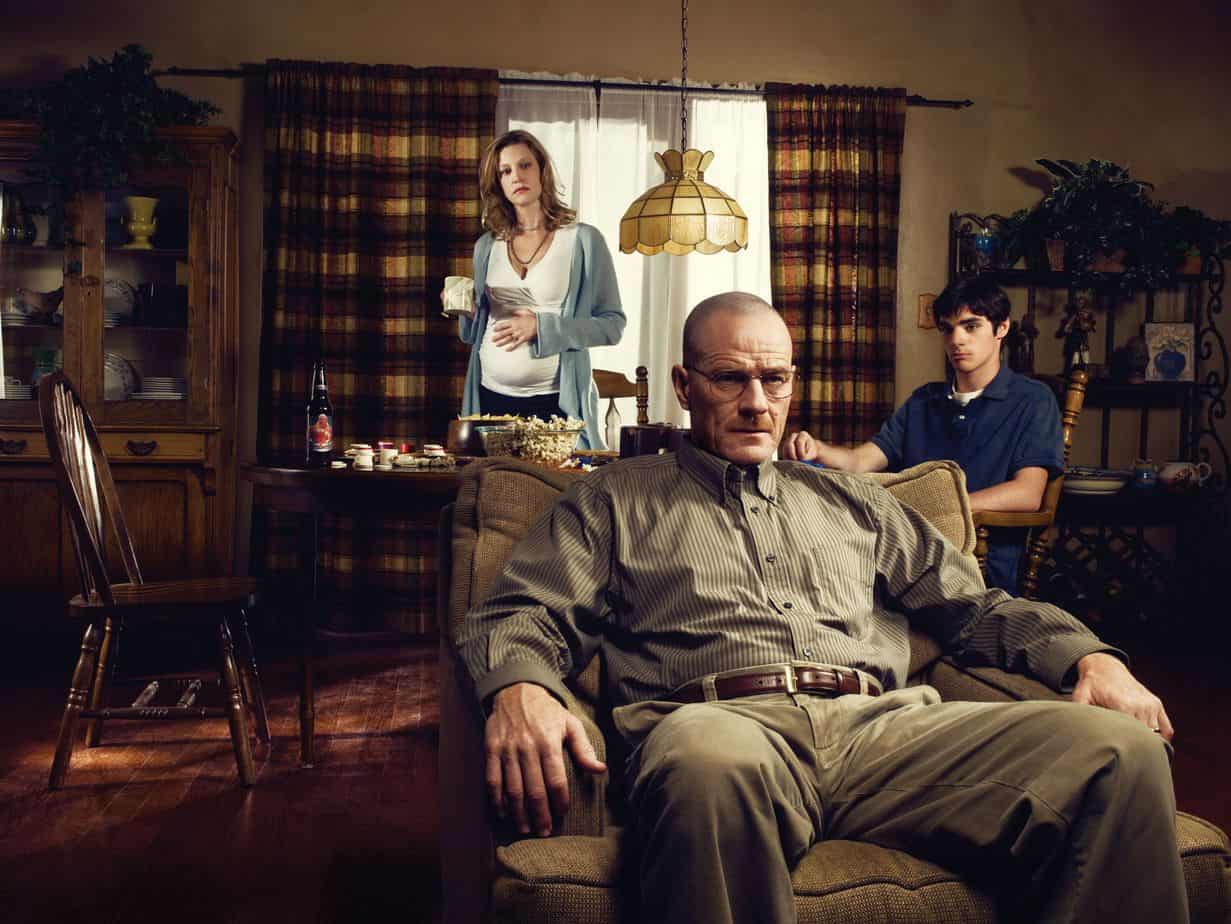Following a television trend started by The Sopranos, Walter White of Breaking Bad is an engaging example of a modern antihero. Like Tony Soprano, Walter White indulges in amoral familism — both Tony and Walt wreak havoc on the general public while justifying their own terrible behaviour under the delusion that they are doing it all for their family. The main difference between Tony and Walt: Walt eventually realises this about himself. Tony does not.
I want to take Mr. Chips and turn him into Scarface over the life of the series.
Vince Gilligan
I have already taken a close look at how the pilot of Breaking Bad engenders empathy in the audience.
In my mind, the best television series to date is Breaking Bad. When I analysed Tony Soprano, I found him to be a 12-dimensional character. Walter White has almost 16 or 18 dimensions. He is maybe the most complex character ever written by anyone, for any medium. He generated five or six seasons.
A dimension is a consistent contradiction in the nature of the character. Walter was capable of being very gentle, and he was for five seasons with certain characters—and violent and brutal with others! The dimensionality fascinates the audience.
By the time that last episode was executed, we absolutely knew everything about Walter White and his Heisenberg doppelgänger. He was ready to die because he was completely expressed, up to the last scene.
Walter changed every week. We never knew where the hell Walter was. Every time he did things one way, and we would feel that that was who he was, he would just reverse himself and do things in an opposite way.
Robert McKee
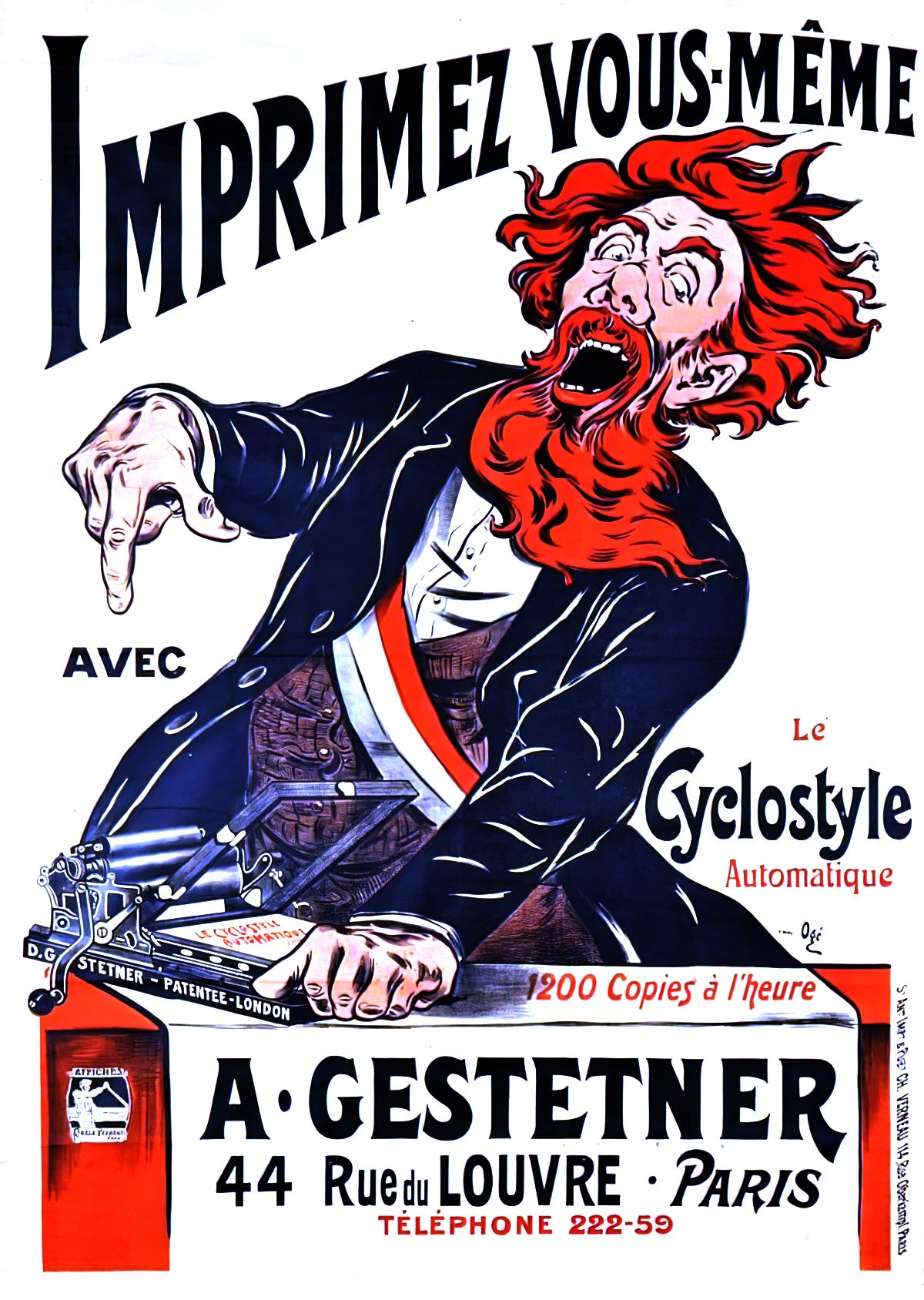
Walter White is an interesting case study from this point of view alone: In reality, people are multifaceted. Sometimes we perform well; other times very badly. Walter White performed however the plot required him to perform — and by ‘perform’, I mean literally. Bryan Cranston is expert at playing a guy who can’t act very well. Most of the time, we can see Walter White is a terrible actor. His family see right through him, for instance. But when the plot required it, when making that video to bribe Hank in season five, suddenly Walt could pull an Academy Award winning performance.
Yet the audience fully accepted this ‘inconsistency’. In fact, I didn’t even notice this was happening until after I’d watched the series three times.
Here’s another reason why Walter White is so engaging:
A good check on the degree of individuality your character shows in your opening is the question, “Would nine out of ten people behave and think like this?” If the answer is “yes”, you may not have conveyed enough of who your character actually is. She shouldn’t be nine out of ten people; she should be herself.
Nancy Kress
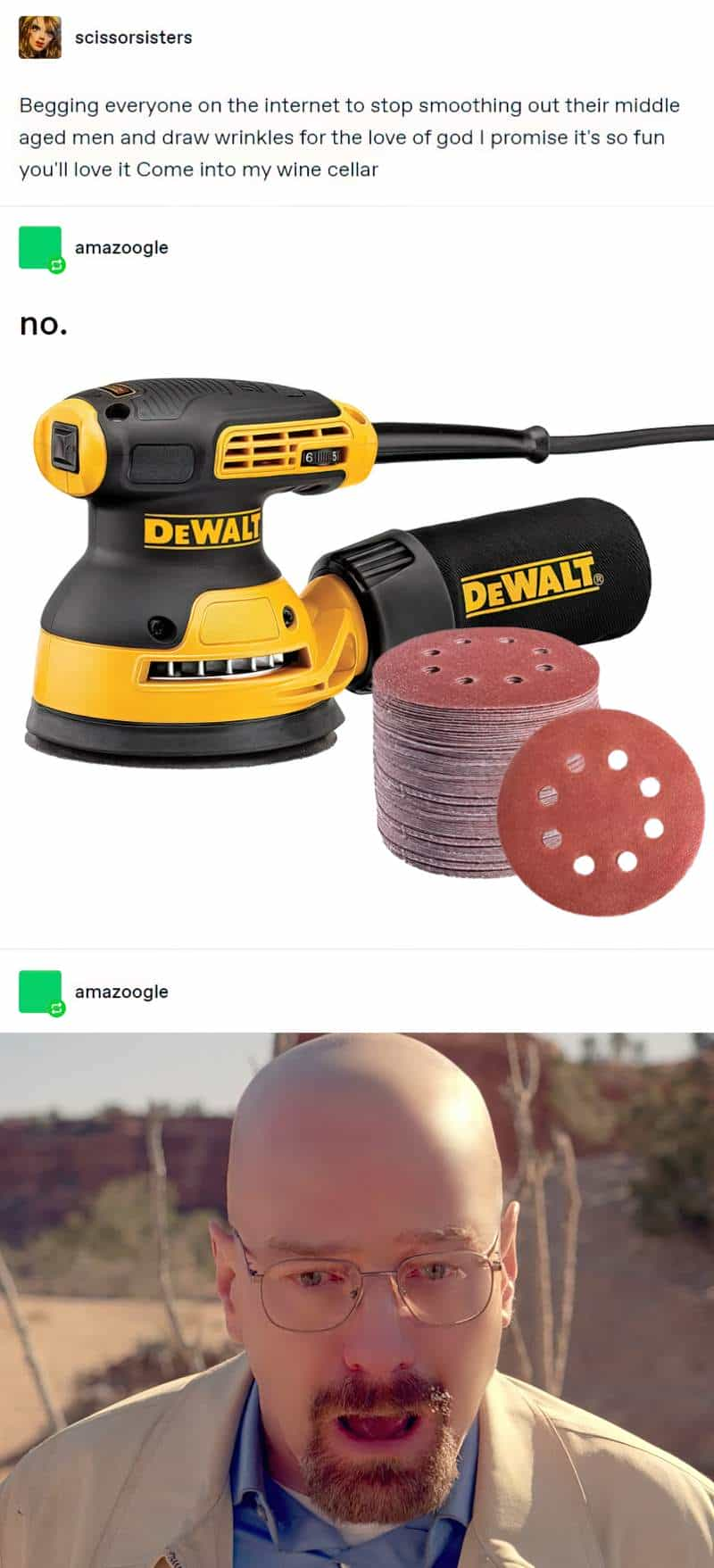
The Morality Of Walter White
Values The main character starts with a set of beliefs and values. What are Walter’s?
As the story begins, Walter’s MO is to plod along, work hard, look after his family.
As the seasons progress we learn there’s always been more complexity to Walt. All his adult life, ever since he left Grey Matter, he has been checking the stock market to see how much money he could’ve had, had he not taken the $2000 payout. He has been dealing with massive regret. He has believed life has dealt him great injustice.
His shortcomings are less obvious at the beginning but reveal themselves later. He’s not the most effectual husband but he’s fine. He uses the wrong bank account to pay for some stationery supplies — not a big thing (especially compared to what’s coming) but something like this can lead to extra bank fees which make the weekly bills that much harder to pay. He’s boring to Skylar, his attractive younger wife. He doesn’t earn enough money, so she is trying to sell crap on eBay and self-publish a book of short stories to make ends meet. (Note the outdated sexism embedded in that. I maintain that this is a sexist show — not because of the one example of Skyler, but because of the treatment of female characters across the series — the women aren’t afforded a single funny line, propelling them into ‘annoying’ territory.)
In order to lead a better life within the patriarchal culture he understands best, Walt must be more of a man: a better provider, who no one will make fun of (including his brother-in-law Hank and his students, who see him under a car at the car wash).
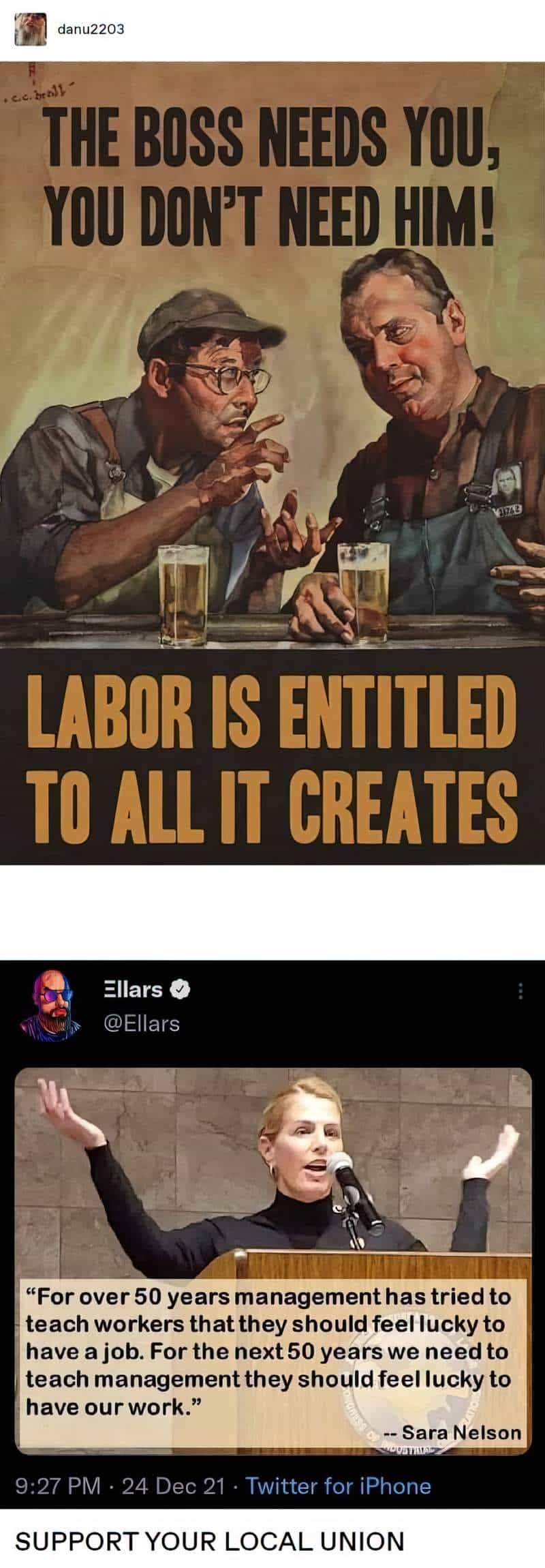
The first time Walt acts immorally is when he sees a former student of his, Jesse Pinkman, escape out of a window during a heist, which he attends as an interested voyeur with Hank, but doesn’t tell Hank about it. This is the moment the audience sees Walt making his decision. By saying nothing to Hank, Walt sides with the baddies. Some story gurus would call this moment the Inciting Incident.
Walt wants to cook a batch of meth, enough to pay his medical bills and take care of his family (the mortgage, education, basic living expenses for Skyler).
Apart from the nuisance of his smart, vigilant wife, Jesse is Walt’s first opponent, sometimes his ally disguised as an opponent, sometimes his ally. This dynamic continues across all seasons. Jesse and Walt work together to buy the RV, assemble the equipment and drive out into the savannahs of Albuquerque to cook meth, then sell it on the streets.
Jesse keeps stuffing things up for Walt through sheer ineptitude. Walt makes the decision that they’ll have to go bigger, so he approaches Tuco, his much more dangerous opponent.
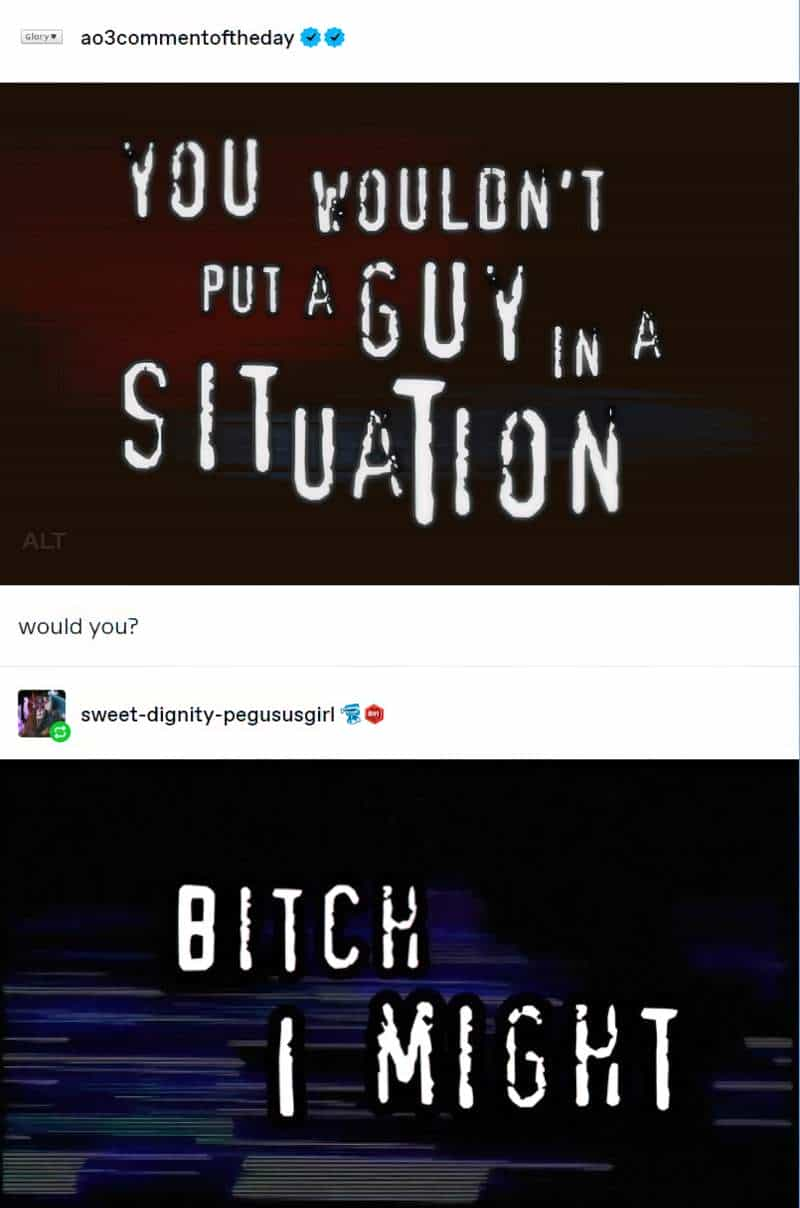
Criticism: Other characters criticize the hero for the means he is taking.
At one point Jesse asks Walt just how much money he needs to make, but by now Walt’s goal has expanded: he wants to be the king of an empire.
On the home front, Hank confronts Walt about his decision to let Junior get drunk next to the pool.
Skylar knows something is going down but she isn’t sure what, so she stonewalls him until he decides to come clean to her.
Walt is making the best meth in the land. If people are going to use this drug, he wants them to have access to the purest form possible. He is not a criminal but an artist and a chef.
Gus Fring is a much more powerful criminal to begin with, and the audience knows how dangerous he is, but in some ways he becomes Walt’s closest ally because of how much he has invested in Walt. Gus tells Walt that he is wrong to trust Jesse, who is nothing more than a street druggie, and is unreliable.
Walt’s obsessive tendencies are depicted especially strongly in “The Fly”, in which Walt drives himself (and Jesse) bonkers trying to get rid of a contaminant from the super lab.
Walt goes from cooking a few batches of meth to blowing up a building to causing a plane crash to killing the kingpins in the New Mexico drug empires and beyond. He amasses an amazing amount of ill-gotten cash, enough to make a double-sized-bed out of it.
The old man in the wheelchair with the bell becomes a formidable (and creepy) opponent.
As the story proceeds, the differing values and ways of living in the world represented by the hero and the opponent become clear through action and dialogue. There are four places at the end of a story where the theme explodes in the mid of the audience: the big struggle, anagnorisis, moral decision, and a structure step called the ‘thematic revelation’.
There is a shootout between Walt and Hank’s DEA team. Walt survives but Hank is killed. This showdown is preceded by a big struggle of words in Hank’s garage.
Walt knows that he’s going to have to kill himself, because he has tied up loose ends with his family and is living a life of lung cancer in hiding, with no true friends. But before he dies he makes sure to wipe out a whole gang of not only evil but also ineffectual bad guys who have been holding Jesse hostage, demonstrating their psychopathic tendencies.
But before he is gunned down he makes sure to visit Skyler and tell her that she was right: He hasn’t been doing all this for ‘family’, but for himself, because being a drug king made him feel alive.
Walt could have come clean to Hank and given himself in. But he chose to die before doing that. He has realised that he can never go back to the way of life he had before, and that death is a better option.
Breaking Bad makes such a good show to discuss because it has divided the audience in two: Those who continued to root for Walt without seeming to realise that he is a truly nasty individual, and those who hated Walt, and perhaps wanted Hank (or less commonly, Skylar), to win out. At some point mid-series the audience was supposed to realise that Walt no longer cared about his family, only about power. Men use family as an excuse for doing all sorts of heinous things when really their own ego is the driver. Live like there’s no tomorrow if you like, but be prepared to pay the greatest price.
Metaphorical Dialogue
In the pilot episode Walter White explains chemistry to his class. But he might just as well be talking about the character arc he is about to undergo:
“You see, technically, chemistry is the study of matter, but I prefer to see it as the study of change: Electrons change their energy levels. Molecules change their bonds. Elements combine and change into compounds. But that’s all of life, right? It’s the constant, it’s the cycle. It’s solution, dissolution. Just over and over and over. It is growth, then decay, then transformation. It is fascinating, really.”
Walter White, Season 1, Ep. 1, “Pilot”
The Modern Superhero
This is from an Australian non-fiction book about the meth industry:
When looking at the strength and purity of methamphetamine, it can be difficult to judge from one batch to the next the relative strength or purity of that batch. We know that, roughly speaking, powder is approximately six to twelve per cent pure, base is thirty to forty per cent pure and crystal meth is seventy-five to eighty per cent pure. Each of the different types follows the next stage in the ‘cooking’ or manufacturing process. At each stage, the drug becomes more pure or stronger.
Breaking The Ice
As you can see, the writers of Breaking Bad took a lot of liberties with the drug. They did have a drug chemist advising them. The point is, they took as much of reality as they needed in order to create ‘realism‘ (essentially different from realness), and then added their own twist, borrowed from the world of our favourite super heroes. This blue meth is part methamphetamine, part Kryptonite.
Likewise, Walter White is part Everyman, part Superhero.
On Dark Inversions
From Line of Duty to Moby Dick, Dr Faustus to Lolita (‘good’ is a relative concept), there’s a clearly chartable pathway the characters follow as, in pursuit of their goal, their moral centre collapses.
It’s a trajectory that’s largely been avoided by television, certainly in drama series; nevertheless it’s rich and fertile ground.
‘The goal was to turn him from Mr Chips into Scarface,’ said creator Vince Gilligan of Walter White, the hero of AMC’s Breaking Bad. ‘It’s a Wolfman story; it’s a Jekyll and Hyde story, it’s a story about a guy who is a caterpillar and we’re turning him into a butterfly – a meth-cooking butterfly.’ It took five seasons to turn a mild-mannered chemistry teacher into a drug-dealing psychopath – a radical departure in TV series terms, yet in its rich journey of greed and moral consequence it is one with its roots firmly embedded in the bloody Scottish soil of Macbeth.
Breaking Bad illustrates just how the archetype works – a flaw at the beginning of a story produces its opposite at the end: bad will become good; good will become bad. Most commonly, dark inversions are used to tell the tale of good turned to evil, but as the film Like Crazy illustrates, with its story of how a young girl’s idealistic love grows stale, the shape has a wider application.
Into The Woods by John Yorke
See also: Protagonist Journey To Villain at TV Tropes. Heroes who go from good to bad are less common than you might think, but another example is Wicked by Gregory Maguire.
Walter White’s Turning Point

Walt’s Foil Character
Jesse’s character function is to be the moral compass. Jesse Pinkman is no saint, but he is remarkably benign and moral compared to how Walt turns out. Jesse exists to emphasise to the audience just how immoral Walter White has become.
Walter White and Toxic Masculinity
Scholars Esther De Dauw and Daniel J. Connell have assembled an array of chapters that explore the idea of masculinity in the realm of contemporary heroes and superheroes. Toxic Masculinity: Mapping the Monstrous in Our Heroes (UP of Mississippi, 2020) examines not only the presentation of masculinity in which we are constantly immersed in the superhero narrative in films, television, and comics, but also how this translates into our expectations as to what is the model for heroism. The editors and authors unpack this concept of hegemonic masculinity, and how it generally incorporates hypermasculinity and toxic masculinity, and how it also, by definition, tends to reject femininity, thus bifurcating gender and gender performances and images into two distinct silos. This reification is communicated in so many of these superheroic narratives and is re-absorbed by the audience. The contributing authors to Toxic Masculinity interrogate these presentations and continue the conversation that is active in the academe. This conversation, according to the research, is also quite active within superhero fandom.
The first section of the book specifically examines masculinity and the pop culture superhero artifacts. The second section of the book examines the contrast to masculinity—namely those who embody a different gender or sexuality but are still superheroes. If masculinity itself is a kind of fan service in this superhero genre, the question arises as to what it is that non-male characters must do for fan service. How are consumers of superheroes satisfied if the superhero isn’t hard bodied in the same way? The final section of the book focuses on unexpected heroes, who play with gender a bit more than the hypermasculine heroes who dominate so many of the contemporary superhero films and television shows.
Toxic Masculinity examines both the male and the female gaze in the way that we see and interpret these superheroic narratives. This is a fascinating book, for scholars, for fans, for anyone interested in our current popular culture environment and questions of gender.
New Books Podcast
